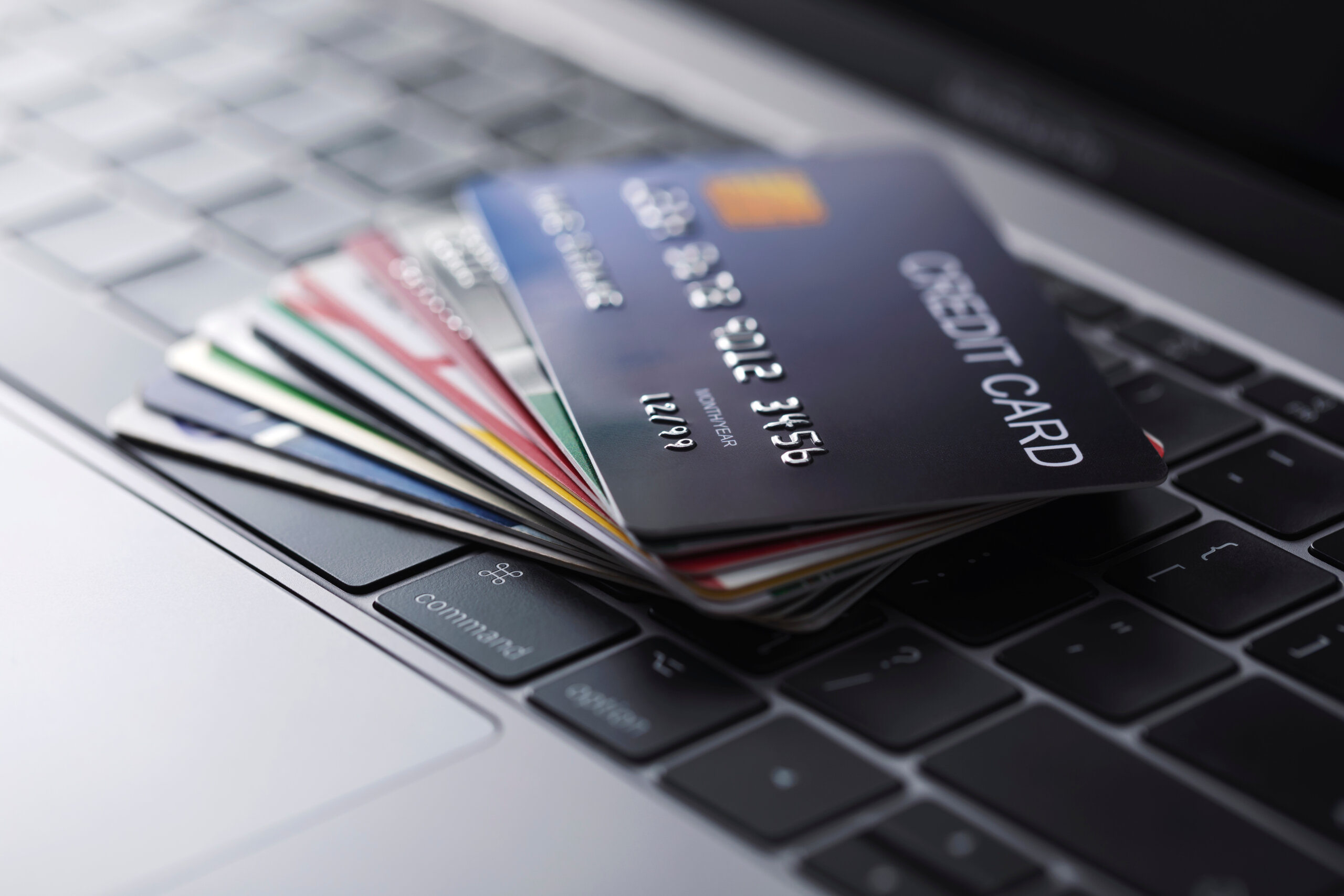Monitoring the Effectiveness of your PCI DSS Compliance Program

Achieving compliance with the Payment Card Industry Data Security Standard (PCI DSS) 4.0 is not a one-time accomplishment, but rather an ongoing effort that should be viewed within the organization as “business as usual.” Controls designed three years ago may no longer be adequate to protect the Cardholder Data Environment (CDE) or supporting systems and infrastructure. By monitoring and periodically re-evaluating compliance programs, organizations are better positioned to identify potential gaps timely, make the necessary adjustments and maintain a strong security posture.
The Need for Compliance Program Monitoring
With over 50,000 new common IT security vulnerabilities and exposures discovered in 2024, organizations must find ways to stay ahead of cyber criminals. Employing a proactive approach through ongoing compliance monitoring serves several critical purposes:
- Identification of Security Control Gaps: Organizations need to be aware of all areas that fall short of meeting PCI DSS requirements. Regular internal audits and periodic third-party evaluations alike will pinpoint weaknesses, vulnerabilities or deviations from the standard and allow organizations the time to remediate these before the next annual DSS assessment begins.
- Early Detection of Security Incidents: Strong monitoring controls enable organizations to promptly detect and respond to security incidents. By monitoring network traffic, system logs and other relevant data sources aggregated from system components, organizations can identify potential indicators of compromise and take swift action to mitigate potential damage or minimize damage from incidents that are detected.
- Adaptation to Changing Requirements: The PCI DSS standard is periodically updated to address emerging threats and evolving technology. Ongoing compliance program monitoring ensures that organizations stay up to date on these changes and make the necessary adjustments to their security controls and processes to remain compliant.
- Improvement of Security Posture: Compliance program monitoring provides valuable insights into an organization’s security posture and is a useful tool for reporting to boards and other key stakeholders. By assessing the effectiveness of security controls and their implementation, organizations can identify areas for improvement and implement remediation measures to strengthen their defensive program.
How to Implement a Monitoring Program that Meets PCI’s Needs
Obviously, an effective starting point for establishing an ongoing compliance monitoring program is the PCI DSS itself. If you’re already following the DSS, congratulations! You’re well on your way to establishing a monitoring program.
The DSS’s requirements for regular security testing, such as quarterly vulnerability scans and annual or bi-annual penetration testing, can form the backbone of a technical monitoring program. With the addition of tools that perform continuous system and network monitoring by collecting and analyzing security related data, such as log files, system events and network traffic, the monitoring program becomes more robust by offering insightful, actionable real-time data.
Annual testing and updates to the Incident Response Plan, another DSS requirement, aim to ensure the plan remains effective and aligned with the organization’s evolving needs and the industry’s evolving risks. This is ongoing monitoring in action.
Implement processes to monitor and assess the security practices of third-party vendors and service providers. Regularly review their compliance status, contracts and security controls to ensure they meet PCI DSS requirements.
By implementing these and all DSS requirements, organizations are establishing a robust and ongoing compliance monitoring program aimed at the continuous protection of cardholder data.
Achieving PCI DSS 4.0 compliance is just the beginning—ongoing monitoring is key to maintaining a strong security posture and staying ahead of evolving threats. Our team can help you assess, refine and enhance your compliance program to protect cardholder data effectively.
Strengthen Your PCI Compliance Monitoring
Ongoing monitoring is essential to maintaining PCI DSS compliance and protecting cardholder data. Frazier & Deeter’s experienced advisors can help you assess security controls, identify gaps and adapt to evolving requirements. Contact us to get started.
Explore related insights
-
Corporate Carve-Outs Done Right
Read more: Corporate Carve-Outs Done Right
-
Treasury Secretary Explains Vision for IRS at Committee Hearing
Read more: Treasury Secretary Explains Vision for IRS at Committee Hearing






